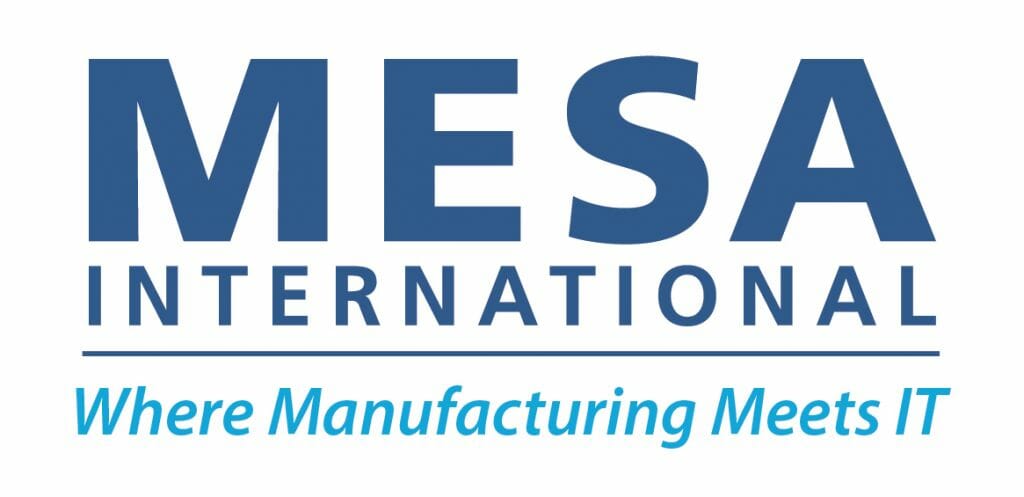Get Started on the Journey to Smart Manufacturing
A Low-Risk, Incremental Approach to Smart Manufacturing for Small & Medium Manufacturers
Smart Manufacturing (SM) strategies have been evolving for the last decade among large corporations and many small and medium manufacturers (SMMs) might not realize that these strategies are not only applicable to them but are within reach when implemented in practical steps.
How to Get Started With Smart Manufacturing
In the old days, computer architectures in manufacturing were just as hierarchical as the company organizations. The smart manufacturing architecture is just the opposite. It’s completely flat, just like the internet. So, how do you get started with smart manufacturing, whether or not you're a flat organization? The good news is you can start just about anywhere.
Smart Manufacturing - The Journey Ahead
Here's a roadmap for manufacturers on how to get started on the journey to Smart Manufacturing.
- Review Business Structure for Future Market Strategy
- Establish Evolution Milestones for the Journey
- Nurture New Culture around New Vision
- Build Partnerships to Support the New Vision
- Address Skills Gap for Knowledge Workers
- Evolve the Information Technology Infrastructure
Tips on Starting the Smart Manufacturing Journey – From Workshop Discussions at the MESA Conference
Topics discussed by the panel include:
- Drivers, priorities, and corporate alignment
- IT versus OT/Automation leadership
- Experimentation and implementation approaches
- Build vs buy, and single vs multi-vendor decisions
How to Achieve Smart Manufacturing
The goals for a Smart Manufacturing infrastructure are set and the enabling building blocks are discussed including the need for adoption of standards for M2M, A2A, and B2B communications that allow secure Internet and cloud services connectivity, and new skills for the workforce that is going to establish and maintain these new infrastructures and business strategies.
#58: The Importance of Standards in Smart Manufacturing
We are now counting on the evolution of standards to pave the infrastructure required for Smart Manufacturing and the realization of the 4th Industrial Revolution. Besides efficiency, speed and cost reduction, the benefits of data exchange standards include architecture flexibility, ubiquitous data access, and higher levels of security.
Additional Resources
Visit our Online Learning & Resource Center for additional content on Smart Manufacturing.
